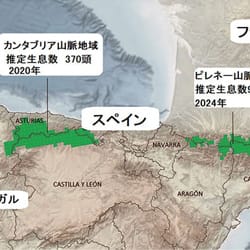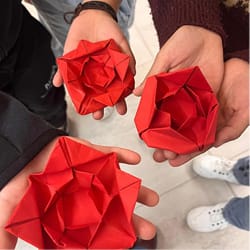Currently the total length of the Metro is 104.4 km, with 6 lines and 91 stations. Before the pandemic, 4 million people were using the Metro every day, but now it’s 5 million people. That includes the 415,000 passengers who pass every day through Sé Station alone, in the center of São Paulo.

The subway lines are color-coded, making the map easy to understand.
Line 1 - Blue
Line 2 - Green
Line 3 - Red
Line 4 - Yellow (operated by ViaQuatro)
Line 5 - Lilac (operated by ViaMobilidade)
Line 15 - Silver
The Metro (controlled by the State of São Paulo) operates all the lines other than lines 4 and 5.

I recently traveled on Line 5, which opened in 2018. I got off at Eucaliptos Station in the Moema area. The platform was wider than the others. And it had glass sliding platform doors. I guess that’s to prevent passengers from accidentally falling onto the railway tracks. They were also installed on the Yellow Line, which I have used before.

There was also a small shop underground, which seems to have plenty of customers. Inside the Metro trains, there are no broken seats or the like, and there is no graffiti. And it was clean, with no garbage lying around. They make announcements in Portuguese and English. Something I noticed when I got on the Line 5 train was that there was no door in the so-called coupling, the connection between the cars. Not having doors made it like a tube. That made it feel a little bit more open.
The station entrances and exits were also glassed in, giving them a modern feel. There was a place where you can leave your bicycle and a machine where you can rent an umbrella for the rain.

Sé Station is the station that takes care of all lost and forgotten belongings on the Metro. All the items are registered, so you can search for lost items on the internet or on the phone. They keep these items for 60 days. I saw a report on TV the other day saying some of the forgotten items included a stroller, a walking stick, and a sword, and apparently there were even dentures. An employee said that it was interesting to hear the stories of the passengers who came to pick up their forgotten items.

For tickets, most people use a card that lets you ride the city buses and the Metro, but you can also buy a ticket at a ticket counter. The tickets have a QR code printed on them. They recommend that you use your ticket within 3 days after purchasing it.
The Metro is so convenient, but it was not completely free of problems and accidents during construction. In 2007, a huge 80-m wide hole opened during the construction of Line 4, killing 7 people, including workers and passers-by. It was an unfortunate, sad incident. Subway construction encounters all sorts of difficulties, making it so tough that you could say, "Even if you set a date for the start of subway construction, you still don’t know when it will be completed." The citizens of São Paulo still need more Metro services. I only hope that construction proceeds safely and more quickly.
Hoping that it goes on rapidly getting better and better into the future, I celebrate the 50th anniversary of the Metro!






























































